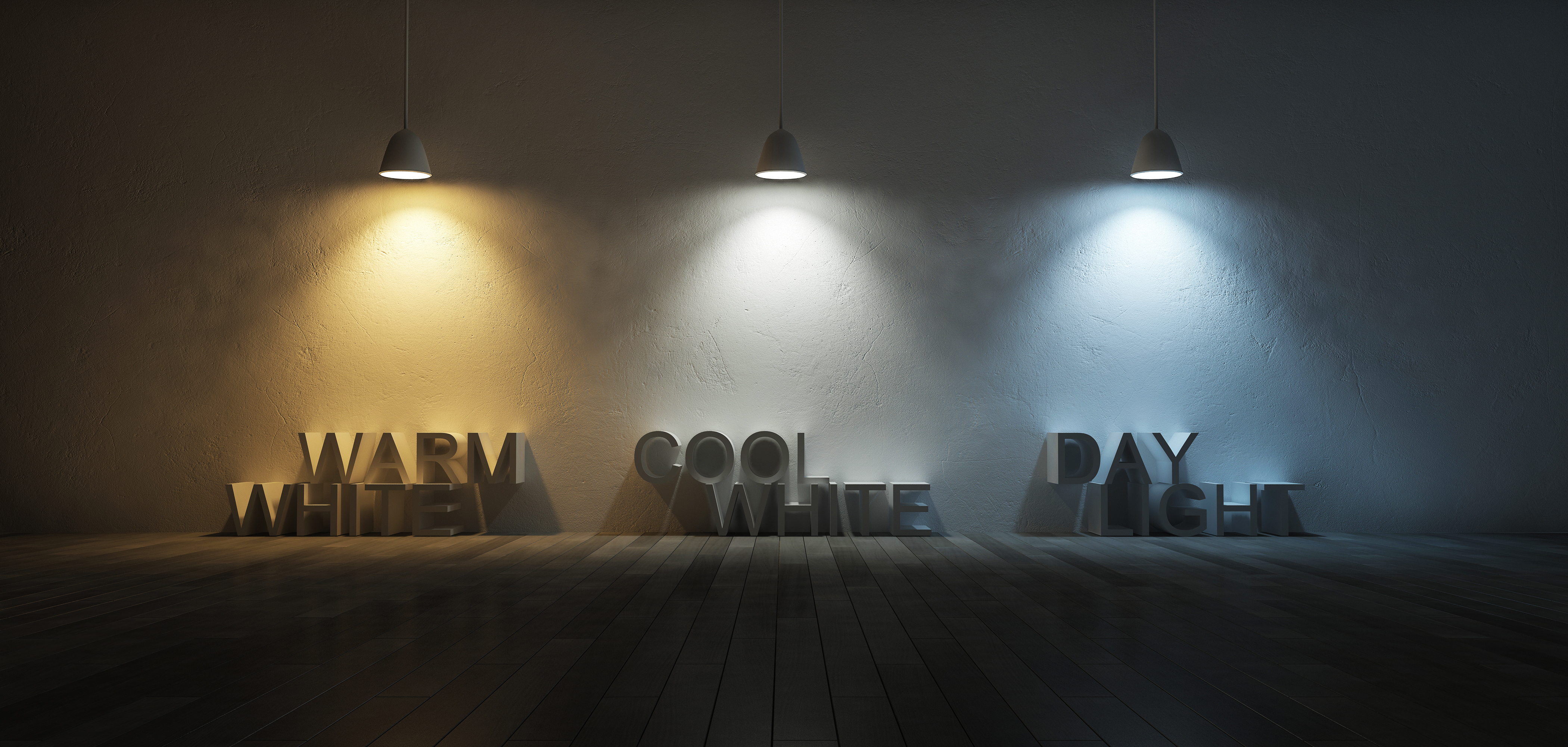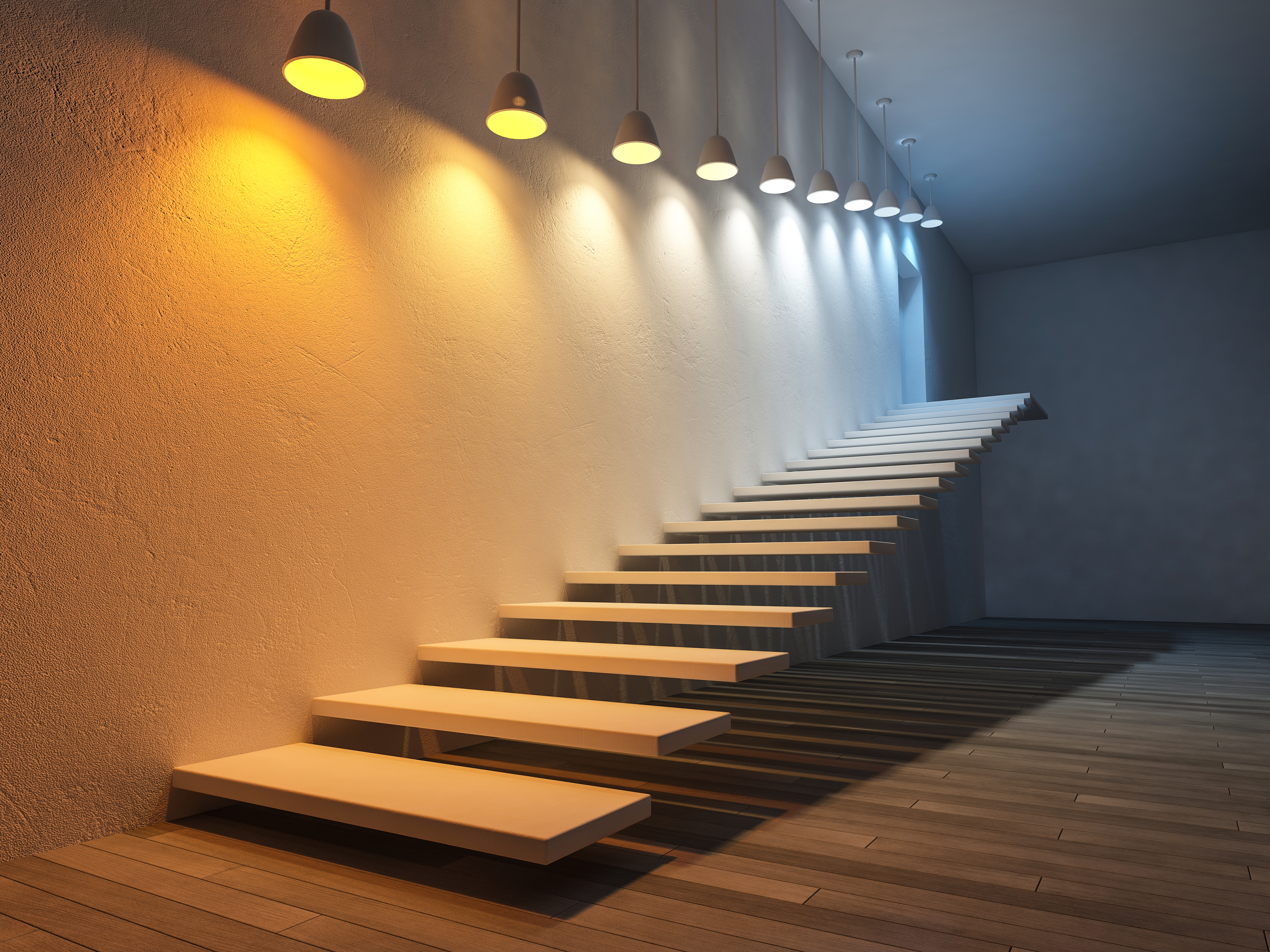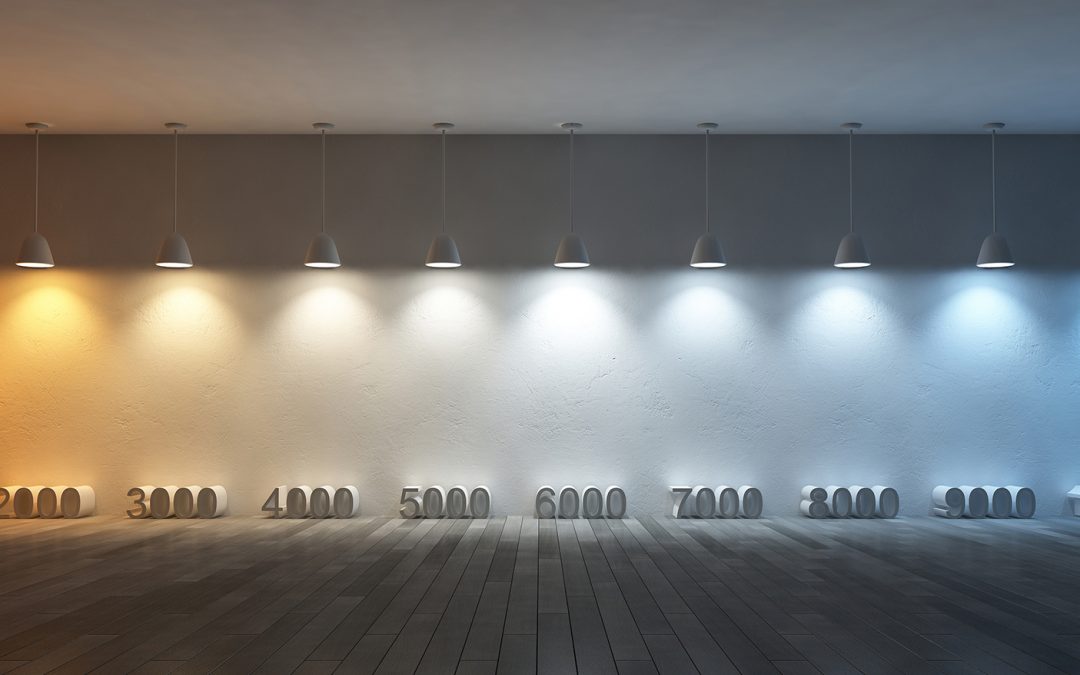Lighting Color Temperature:
Have you ever noticed that some lighting appears warm while other appear cold? Did you know that different light temperature is suitable for different situations? This article is the first in a series of two articles focusing on the fascinating world behind the science of lighting. The aim of these two articles is to give you an introduction to the scientific theory of lighting and then show you how to actively use this knowledge when choosing a LED lighting solutions for your home, workplace or your shop. This first article gives you a brief insight into the theory of color temperature and offers you easy-to-use guide on how to choose the perfect color temperature for various settings.
The human can observe millions of colors. This might seem as common knowledge today but it was first in 1931 that science defined a color triangle which since then have been a cornerstone in most of the technological lighting measurements made.
The theory of color temperature
What is color temperature? The color temperature of a light source can be defined as the temperature of an ideal black-body radiator that radiates light of a comparable color to that of the light source. This means that the color temperature is an indicator of the level of heat in the heat-up process within the lighting source at which an ideal black-body radiator can project a light in a certain color.
How do you measure color temperature? The measure of color temperature is Kelvin often expressed using the symbol K. Kelvin is defined as a unit of measure for temperature based upon an absolute scale. Overall, you can say Kelvin measures the color of the lighting. If the color temperature measures over 5000 K for a light source the light will be considered a cool color whereas if the color temperature measures between 2700-3000K the light will be considered a warm color. Cool light appears bluish white while warm light appears yellowish or reddish.
How to choose the perfect color temperature of a light source?
It is not without importance which color temperature you choose to light up a room with. In fact, color temperature has important applications with a variety of industries including the film and photography industry and manufacturing industry. For example, did you know that film settings have their own light sources created to achieve the color temperature that fits the interior? Galleries too consider carefully which color temperature to use to light up their art so the art presents itself in the best possible way. Shop owners within the manufacturing industry also have to choose what color temperature to use when highlighting their products and which effect this color temperature will have on customer experience.
Why is color temperature important? This is because the color temperature has an effect on the ambiance of the room. In other words, the color temperature has highly influenced us and our mood. For example, if you are exposed to warm light in your workplace your work efficiency is likely to drop because the reddish light might feel more tired and cool light would have.
Light sources have different color temperature and this makes them useful in different situations. You must therefore carefully consider which color temperature to use before installing a light source in your workplace, home or shop. Choosing a color temperature in a light source has a stylistic importance because certain colors create certain emotions, mood, and associations.
Here is a small guide of which color temperatures to use in various settings
- Light sources with a color temperature of 5000K: this is the color temperature of daylight. This type of light sources is suitable in situations where you want the artificial light to look as “real” as possible. This color temperature fits in for example in galleries and ateliers.
- Light sources with a color temperature of 3000K: these light sources have a positive effect on humans when working a long time at the same place sitting still. Therefore, these light sources can with advantage be used in an office with, in the home or as overall lighting someplace else.
- Light sources with a color temperature of 1200-2700K: This color temperature creates a warm and romantic ambiance and is therefore for example suitable in restaurants, cafes or anyplace else where intimacy and coziness are wanted.


